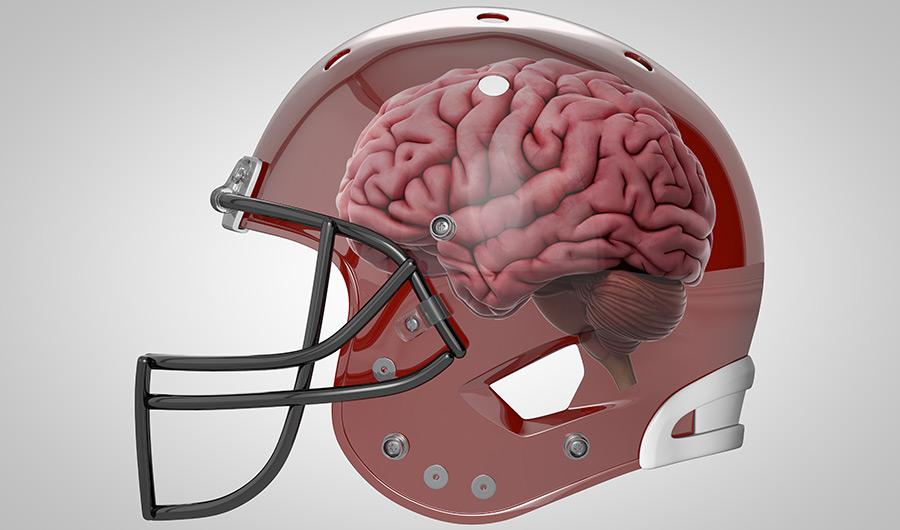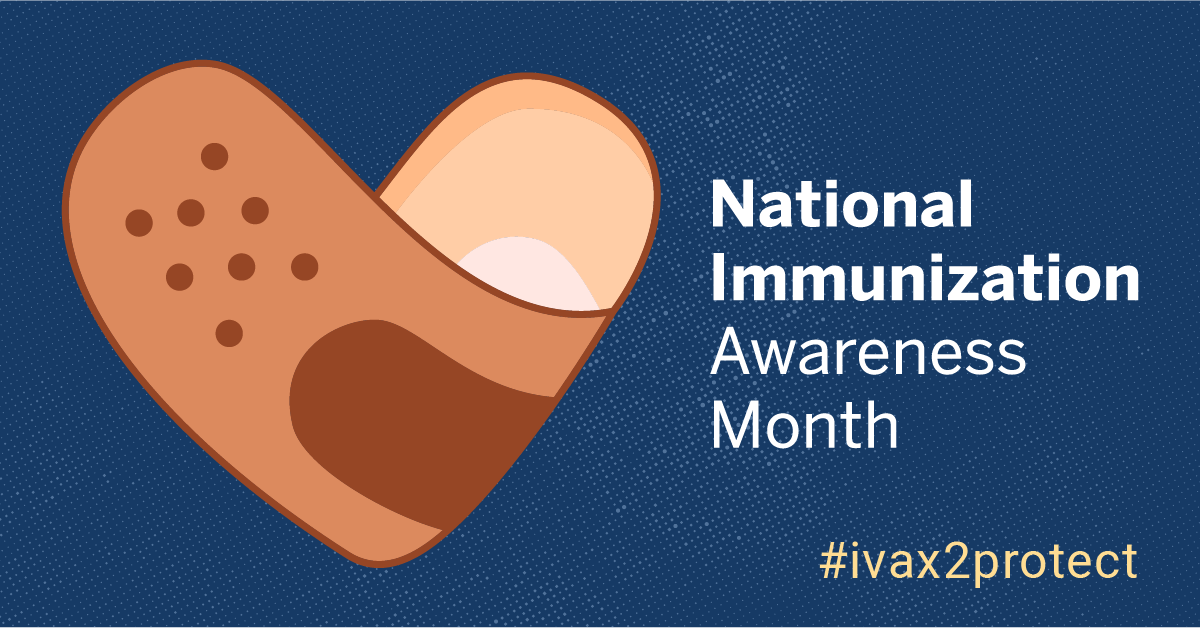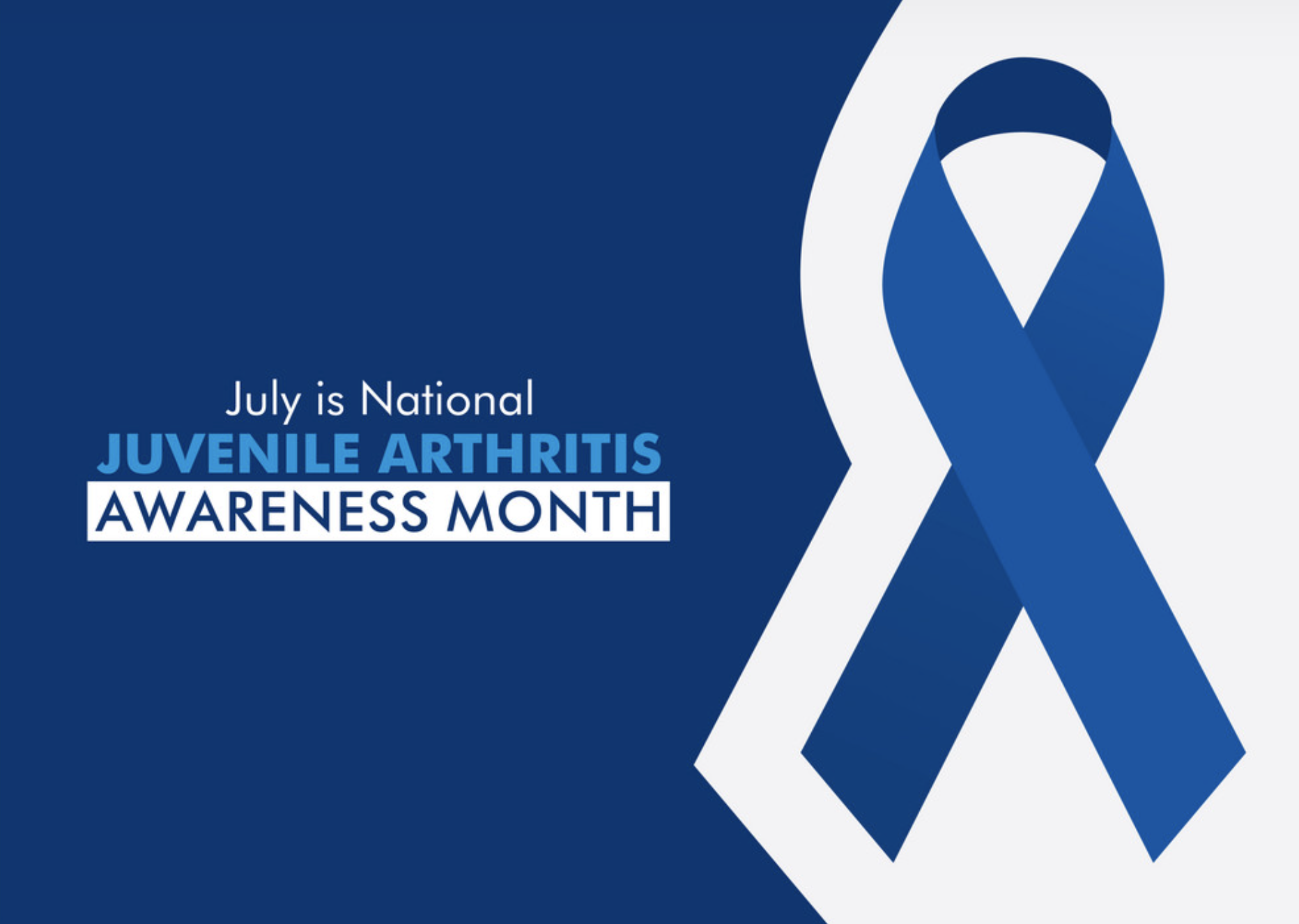
Caregiver Shortage Across America
The pandemic has taken a toll on most of us over the past 2 years, and while things are starting to “return to normal,” many effects are still being seen. Labor shortages have been a big hurdle and caregiver shortages specifically, have been a challenge across the United States. The growing demand for homecare, combined with the ongoing challenge of retaining caregivers and the climbing turnover rates during COVID has had its impact on the caregiver shortage that was already deeply affected.
In one situation, a group home that housed 4 residents with developmental disabilities in Upstate New York, was shut down when there weren’t enough staff to care for the individuals. The state had to relocate the residents to a larger group home in a different town, which was confusing and turbulent. The residents had their set routines, their own bedrooms, and their own sense of comfort and familiarity in the smaller home. When the transition to the new home occurred, the resident’s overall health was impacted: one resident tested positive for COVID-19 within the first week, in addition to their sleep being negatively affected due to having to share a bedroom and being awoken by their roommate throughout the night. The resident had some major setbacks like wetting the bed, which they hadn’t done in 30 years.
This group home was 1 of the 57 statewide that were shut down due to the shortage. According to the Office of People with Developmental Disabilities (OPWDD) their agency will have to continue temporarily consolidating the group homes until they can “achieve safe and appropriate staffing levels.” The state operates 1,102 group homes that serve 5,576 individuals with developmental disabilities. This number doesn’t factor in other nonprofit state agencies that are funded by the government, like The ARC.
The problem isn’t a demand issue, it’s a supply issue. To help solve this problem, recruiting and retention are going to be the main factors. Employers need to hire qualified professionals to continue providing services to the ever-growing number of individuals who need them. To help correct this issue, New York State Governor Kathy Hochul announced the state will use $1.5 billion in federal money to help, by paying retention bonuses to group home workers and developing long term recruitment and retention strategies. State Senator John Mannion is also pushing the state to provide an additional $500 million annually to boost pay for group home workers. Missouri had also approved $56 million to improve their direct support professional crisis. In Michigan as of 2021, home care workers were paid on average $9.50 to $12.00 an hour with no benefits, compared to Oregon whose homecare workers are paid $16 to $19 with benefits.
Other areas for employers to explore are more open communication with their caregivers and making them a priority, invest in empowering our direct care workforce through specialized training and professional growth, and having the technology for caregivers to help serve their clients when they are physically there and when they are not.
Resources:
https://homehealthcarenews.com/2021/12/2022-home-care-executive-forecast-buckle-up-for-a-wild-ride/
https://www.entrepreneur.com/article/400422
https://www.disabilityscoop.com/2022/01/07/group-home-staffing-crisis-upends-life-woman-down-syndrome/29645/
https://www.healthaffairs.org/sponsored-content/homecare-predictions-for-2022
https://www.usnews.com/news/health-news/articles/2021-09-24/low-wages-and-pandemic-gut-staffing-support-for-those-with-disabilities
https://www.freep.com/story/news/health/2021/05/04/caregiver-shortage/4891001001/









